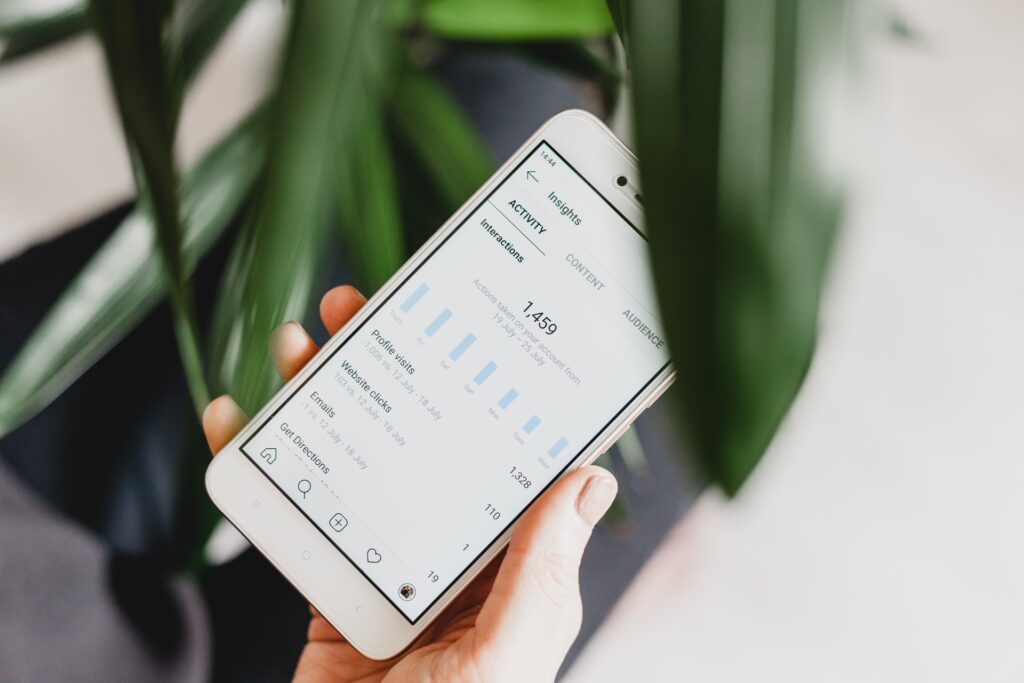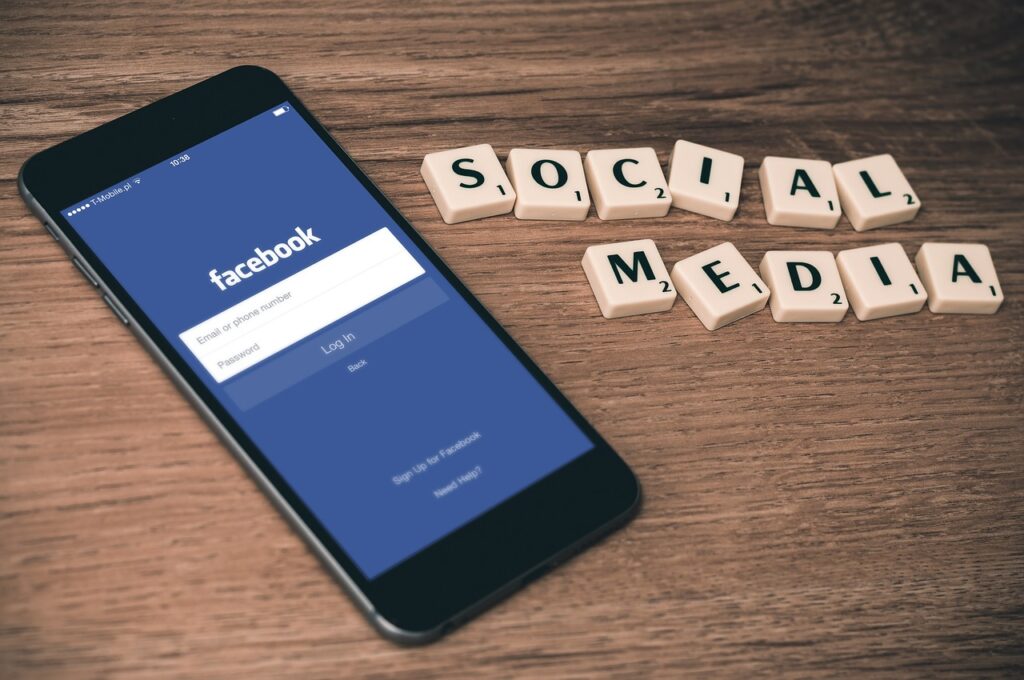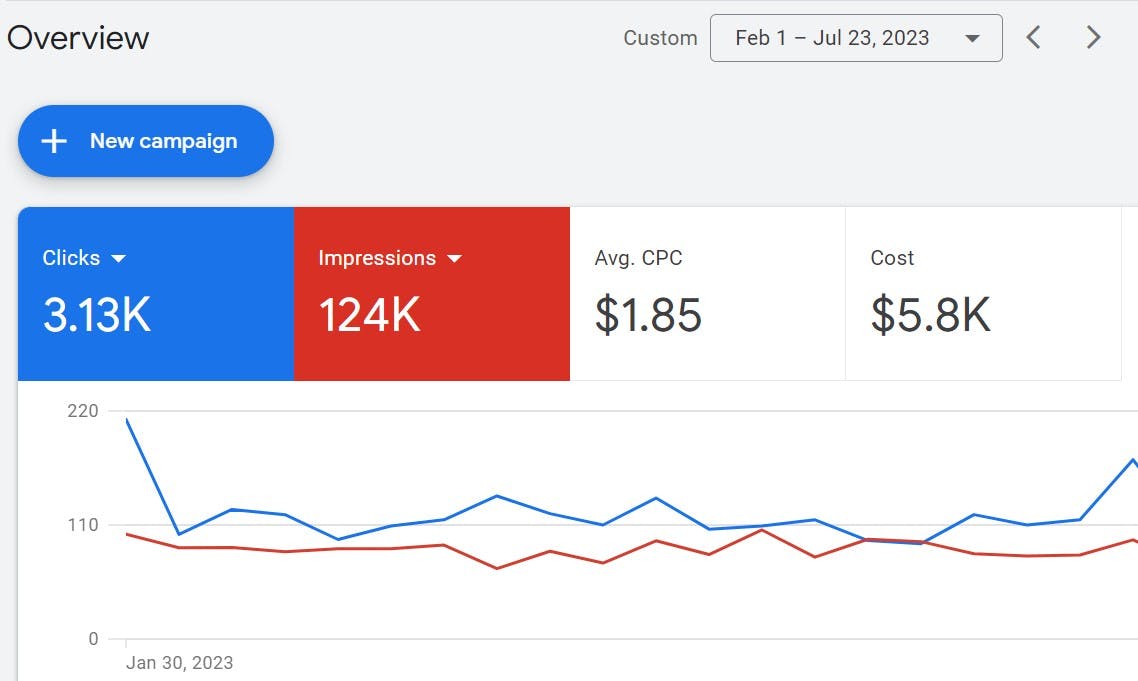The Difference Between Paid vs. Organic Social Media
Published 2020-11-23T06:00:37 by Bryan Miller
Obtaining success for your company or brand isn’t something that happens quickly. The road to success is different for each business, which means that the marketing strategies each company uses should be tailored to the brand message that they want customers to see. One form of marketing that should be used by every company is social media marketing, which is centered around advertising on social media platforms like Facebook, Instagram, and LinkedIn. The two types of social media marketing that are available to you include organic social media and paid social media.
Organic social media involves any kind of social media activity for your brand that you don’t pay for. On platforms like Facebook and Twitter, organic social media campaigns focus on sharing posts with customers and responding to the comments that these customers have. Companies that engage with their customers are able to build customer trust and increase customer loyalty.
As for paid social media, this is a type of marketing that involves paying to effectively display advertisements on different social media platforms. These ads can be displayed in a variety of different formats, which include text, video, image, and carousel. Sponsored messages can also be purchased when you want to reach different demographics of your core audience. The cost for the ad depends on which type of ad you purchase. For instance, video ads are more expensive than text ads.
Many of these ads use a cost-per-click model where you only pay whenever a user clicks on the ad. With this method of payment, you won’t waste your money on ineffective marketing. Cost-per-click is categorized under the pay-per-click method. Before you engage in social media marketing, keep in mind that users on social media websites like Facebook and Twitter are looking for something else in marketing when compared to people you market to with other advertising methods. These users aren’t automatically looking to make a purchase, which means that your marketing shouldn’t solely focus on point-of-sale transactions. This article takes a closer look at the differences between the two main forms of social media marketing.
Key Takeaways:
- There are many benefits of organic social media we discuss below, but one main technique is using a one social platform to target your audience perfectly.
- A pro to using a paid social media strategy is that paid campaigns can effectively reinforce your brand messaging and core values.
- Every company utilizes a different brand strategy but tailoring your company with both paid and social media advertising can be beneficial in the long run.
Benefits of Paid and Organic Social Media
Paid and organic social media come with numerous benefits that somewhat depend on the techniques you use and the social media platforms you place these advertisements on. When you want to implement organic social media into your marketing campaign, some of the top techniques that you can use include:
- Choose a single social media platform to focus on that aligns with your target audience
- Optimize social media profiles by using the right images, using keywords in your content, selecting a simple username, and integrating trackable links that are sent directly to your website
- Post content that doesn’t expire and always remains relevant
- Post high-quality content that matches the needs of your main audience
- Alter post settings to target members of your audience
- Promote social media profiles everywhere you can
As for paid social media, some of the more effective techniques that you can use include:
- Target customers based on the interests they list on their social media pages
- Use social media remarketing to market to individuals who have already spent time on your website
- You can upload your customer lists directly into social media platforms like Facebook, which means that you can focus your campaign on a social media audience that’s similar to your main audience
- Make sure that your ads are visually appealing with only a small amount of written content
Pros of a Paid Social Media Strategy
The many positives of a paid social media strategy include:
- Because of the difficulties that come with organic social marketing, paid social allows you to connect with the audiences that may not have discovered your content organically
- Paid campaigns can effectively reinforce your brand messaging and core values
- You can use audience targeting to reach a very specific audience
- Nearly two-thirds of social media users use these platforms to find inspiration when shopping, which means that your promotional messaging could be effective
- If your content marketing is bringing in a substantial number of customers, paid social will be able to instantly boost your conversions
One negative aspect of paid social media marketing is that as many as 51 percent of Facebook users don’t like that ads are targeted to them because of how Facebook uses the data. While this doesn’t typically correlate with a worsening in brand reputation, it does mean that you should balance your paid social with organic social techniques.
Pros of a Organic Social Media Strategy
The numerous positives that come with implementing an organic social media strategy include:
- This form of social media marketing is completely free
- Your can use custom hashtags when creating organic campaigns
- You can effectively manage your brand reputation by interacting with customers and addressing the issues that they have
- You can use the responses you obtain and the feedback you get to make improvements
- Allows you to build trust through transparency
- The content you write on social media can detail your brand story
Keep in mind that 73 percent of marketers feel like their efforts with social media marketing are effective. Facebook posts have been measured to have an organic reach of six percent. The main issue with organic social media is that this marketing method is time-consuming. In fact, you’ll likely need a dedicated team if you want to maintain your social media marketing efforts in an efficient manner.
Combining Both Paid And Organic Social Media

The most effective social media marketing campaign is one that combines paid social with organic social. The right strategy will use paid advertisements to bring in new customers and organic marketing to serve existing customers, which is why you should focus on both types if you want your strategy to be successful. However, paid social media is becoming increasingly important because of a diminishing reach of organic marketing content on platforms like Facebook and Twitter. In fact, organic posts that are made on Facebook will reach around two percent of your audience, which isn’t enough to garner long-lasting success.
The improvements to customer loyalty and retention that occur with organic social media means that you shouldn’t favor paid social too heavily. While Facebook and Twitter are great for paid social marketing, likely the top platforms for organic social marketing include LinkedIn and Instagram. By using the right type of marketing on each platform, you can maximize the benefits that come with both paid and organic social media marketing.
If you want to effectively combine both marketing strategies, it’s highly recommended that you look into D2C marketing, which is a growing segment of social media marketing. Direct-to-consumer marketing allows you to sell and promote your product/service directly to the consumer, which means that having a retailer on board isn’t necessary. D2C marketing is highly appealing to modern customers and allows for a more personal connection with your main audience. Whether you focus on organic social or paid social, D2C should be a technique that’s used heavily in your marketing campaign.
How to Stay Connected to Your Targeted Audience

The key to long-term success for any brand is to remain connected with their primary audience at all times. If ever their interest in your brand starts to wane, these customers could choose to take their business elsewhere. When implementing both paid and organic social media in your marketing campaign, there are some basic tips that will help you stay connected with your audience. These tips include:
- Measuring your results – Make sure that you measure the results of your marketing campaign if you want to learn what your failures and successes were. It’s very likely that some aspects of your marketing will be more effective than others, which can only be determined if you measure your results. This can be done with an SEO competitor analysis or Google Analytics, both of which are effective tools for measuring marketing results. With these measurements in hand, your social media marketing should never stagnate.
- Target your ads correctly – It’s also very important that you target your ads correctly, which is more easy to do with paid social media ads. Retargeting ads are designed to be sent to customers who have already visited your website, which means that only customers who are interested in your brand will see these ads. If you correctly implement retargeting on social media platforms like Facebook and Instagram, your conversion rates should increase significantly.
- Use A/B testing – A/B testing is a great way to determine which of your ads or social media pages are more effective at converting users into customers. Users will see two variants of an ad before answering questions on which one they preferred. The results you obtain from this testing can help you create an advertising campaign that brings in new customers and satisfies your main audience. You can test your copywriting, your CTA, your ad format, and even your visuals to determine which ones work best.
Both paid social media and organic social media have proven to be effective at satisfying current and new customers, which will strengthen your business and enhance your brand. Even though these two forms of marketing are very different, they both serve to bolster your presence on social media, which can pay dividends in the future.
Bryan Miller
Bryt Designs
Bryan Miller is an entrepreneur and web tech enthusiast specializing in web design, development and digital marketing. Bryan is a recent graduate of the MBA program at the University of California, Irvine and continues to pursue tools and technologies to find success for clients across a varieties of industries.
Subscribe to our newsletter




